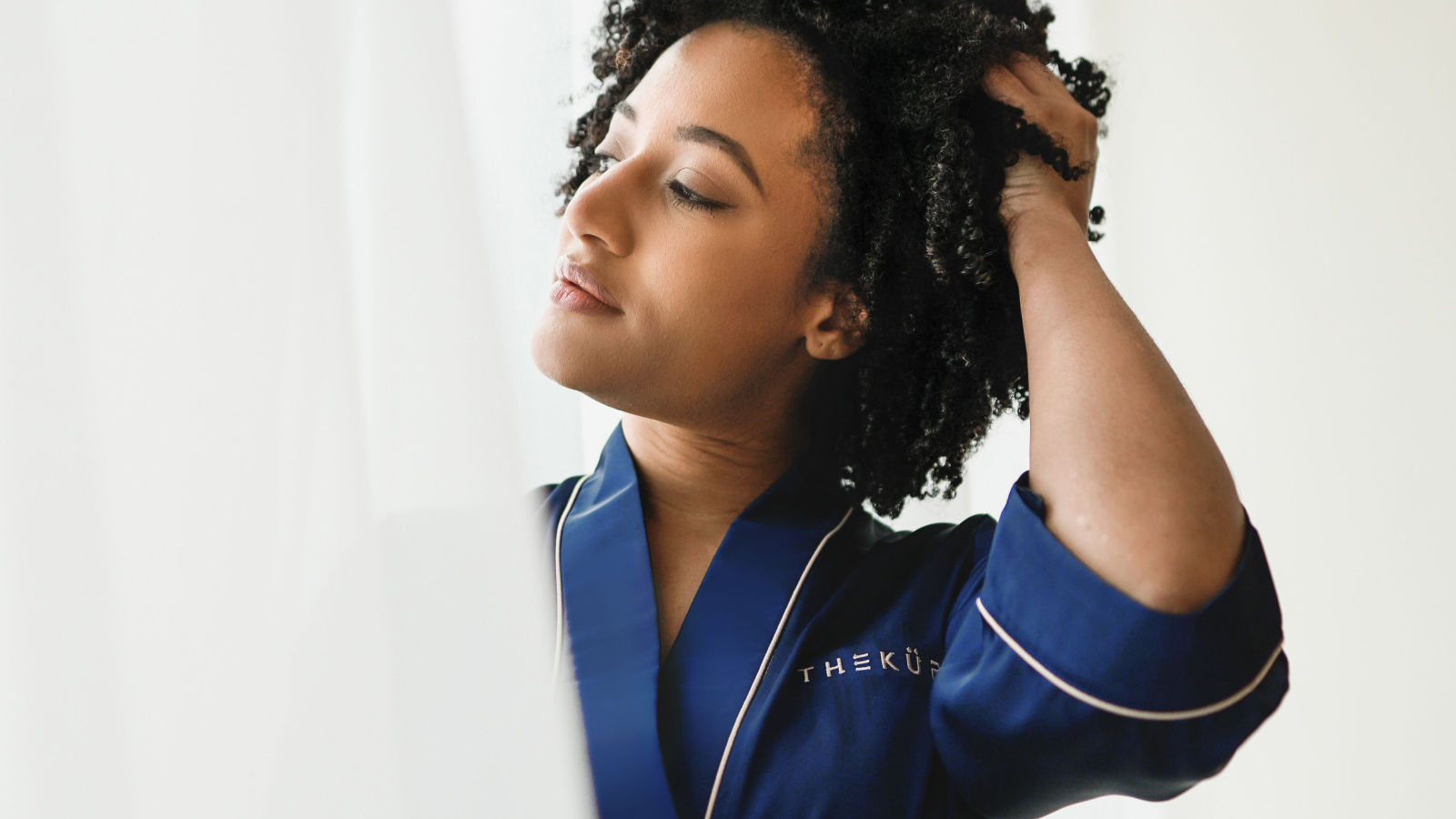There are so many categories to typify our hair; porosity, texture, length and so on. However, hair density is sometimes neglected in conversation. Your hair density is a measure of how many strands of hair grow on your scalp and knowing this will help you determine how to best protect and style your mane.
What is ‘normal’ hair density?
Hair density differs from person to person, however most people have between 80,000 and 120,000 hairs on their scalp. The more hair strands you have on your head the ‘fuller’ your hair may look. This doesn’t mean people with higher hair densities have thicker hair strands. You can have a lower hair density but thicker individual strands that make your hair look more voluminous. Thankfully you don’t have to count your individual hair strands to find your hair density but you can figure out if your hair is on the thin or thick side of the density spectrum with these tests.
Measure your ponytail
One way of identifying hair density is to measure your ponytail. The circumference of your ponytail where you’ve tied it will give you an idea of your density. Low density hair will be less than two inches, medium density will measure between two to three inches, and high density will be at least four inches.
Do a scalp test
Can you see your scalp without moving your hair? Part your dry hair at your crown or temples and look at your scalp. If you can see your scalp easily then you may have low density hair whereas if you can only see a little scalp this sounds like medium density and if it's difficult to see, you have high density.
Did you know: Textured hair has fewer hair strands per square centimeter than Caucasian hair?

How do you care for each type of density?
Low Density
If you have fewer hair strands then you don’t want to weigh down your hair with heavy products or thick butters and oils. Stick to lightweight formulas such as milks and gels that will define your strands and give you more.
Medium Density
If you have medium density hair, you can use a variety of products to enhance your texture but be mindful of how much you are using at your roots. To avoid flat roots, use an afro comb or pick to add volume.
High Density
Creamy, thick products are great for high density hair as they will give you more definition and hold. Work in sections to ensure product distribution and seal your hair with thicker oils. If your hair is prone to tangling make the most of protective styles like braids, twist outs and bantu knots.
How is hair density different from hair porosity?
Your hair porosity determines how your hair receives and retains moisture but there is no data that links hair porosity with hair density. You can have low density, that is high porosity and vice versa.
Whether you have coils, curls, kinks or waves, pay attention to your hair density when choosing your products to get results that will turn heads.


